Approach to environmental activities
Rice, the main ingredient of sake. Various by-products are created before rice-based products are made.
They have not been thrown away, they have been effectively used from ancient times.
Sawanotsuru order to contribute to the conservation of the region and the global environment and the effective use of resources,
We are actively engaged in environmental conservation activities.
Reusing rice bran
Although rice bran occurs in rice milling process of rice, it is not used as industrial waste but it is reused for various things.
It used to be used as a fertilizer to polish the floor and the pillar in old clothes bags,
Recently it has been mainly used as raw material for rice oil and pet food.
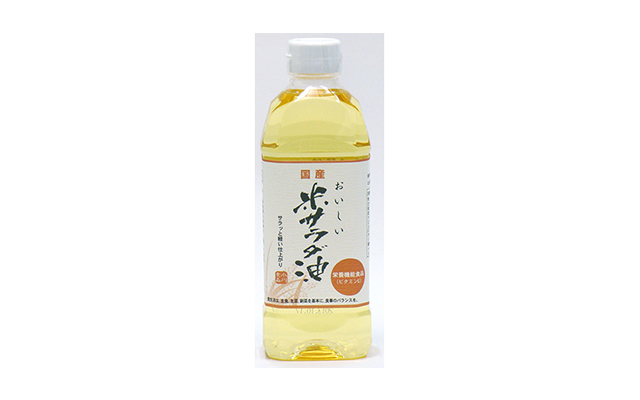
Purification of rice oil
Rice bran contains 20% oil because it is a part of the surface of brown rice and shaved germ, and it also contains a lot of vitamins and minerals that are not found in polished rice.
Rice bran squeezed rice oil is supposed to be less susceptible to oil sickness, as healthy power of brown rice is condensed and rich in "γ - oryzanol" which has antioxidant action.
It is highly appreciated that the raw material is domestically produced 100%.
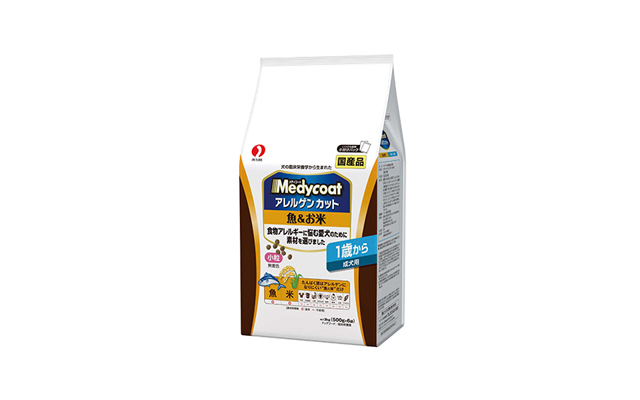
Use of raw materials for pet food
Sawanotsuru rice bran is a domestic material, so it is highly regarded as a raw material for pet food.
Also, rice is a raw material for hypoallergens, and development of pet food that takes food allergy into consideration is also undertaken.
Reuse with sake lees
Sake lees is a solid material left when squeezing sake (moromi) to separate sake, but it contains nutritional ingredients and is a nutritious food with high nutritional value.
The history of sake lees, along with the history of sake, is a by-product that has been useful to people since ancient times.
Even now, Sawanotsuru is reused without discarding it as industrial waste.
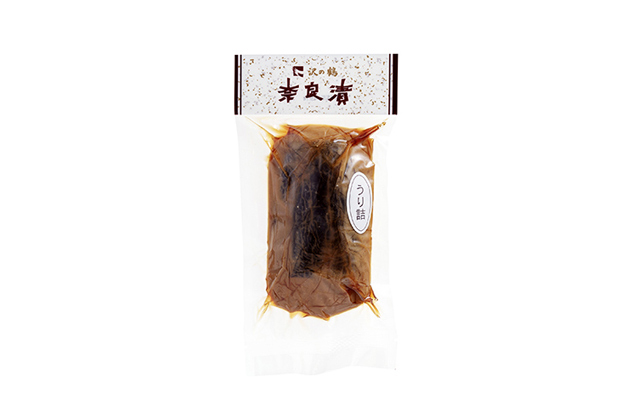
Sale of Narazuke(Vegetable pickles with sake lees)
Narazuke(Vegetable pickles with sake lees) is one of the typical foods using Sake lees
In general Nara pickle is pickled in 3 times, but pickles in Sawanotsuru are 5 pickles.
By slowly and gentlely spending more than a year's time, it will be very tasty.
In addition, all ingredients are domestic products, and no chemical seasoning is used.
Other initiatives
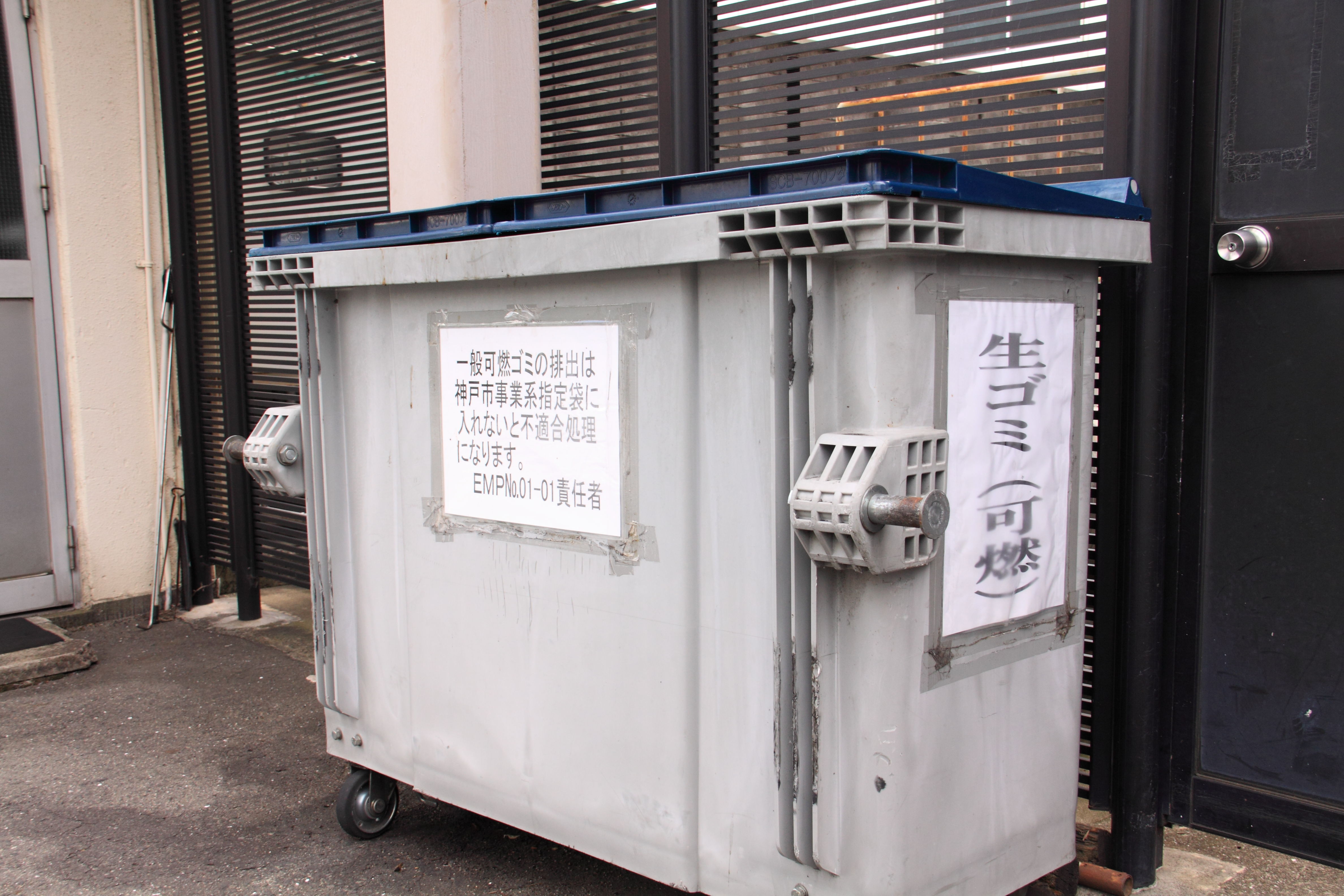
Reduction of waste and proper treatment
We clearly classify and sort waste from all of our business sites, contribute to recycling, and reduce the amount of general waste discharged from the office to less than the previous year, aiming at zero waste disposal at business sites.
Business system General waste (inflammable material) temporary storage place is set up, and garbage collected from the temporary storage place is packed in designated bag for specified burnable garbage.
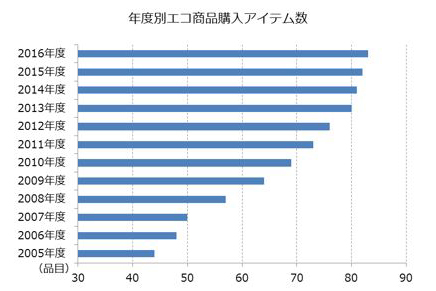
Green Purchasing
When purchasing products and services, green procurement is to consider the necessity considering the environment and purchase items with as little load on the environment as possible.
In addition, by encouraging companies on the supply side to develop products with less environmental impact, we have the possibility of changing the overall economic activity. (Reference: Ministry of the Environment)
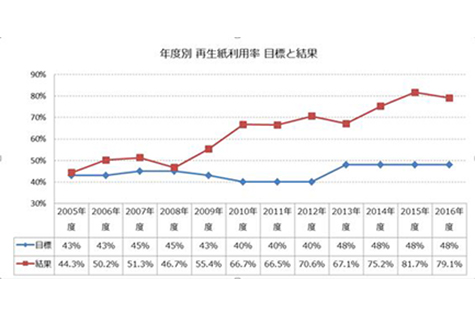
Reuse of backing paper
For internal documents only, we reuse old prints and misprinted papers.
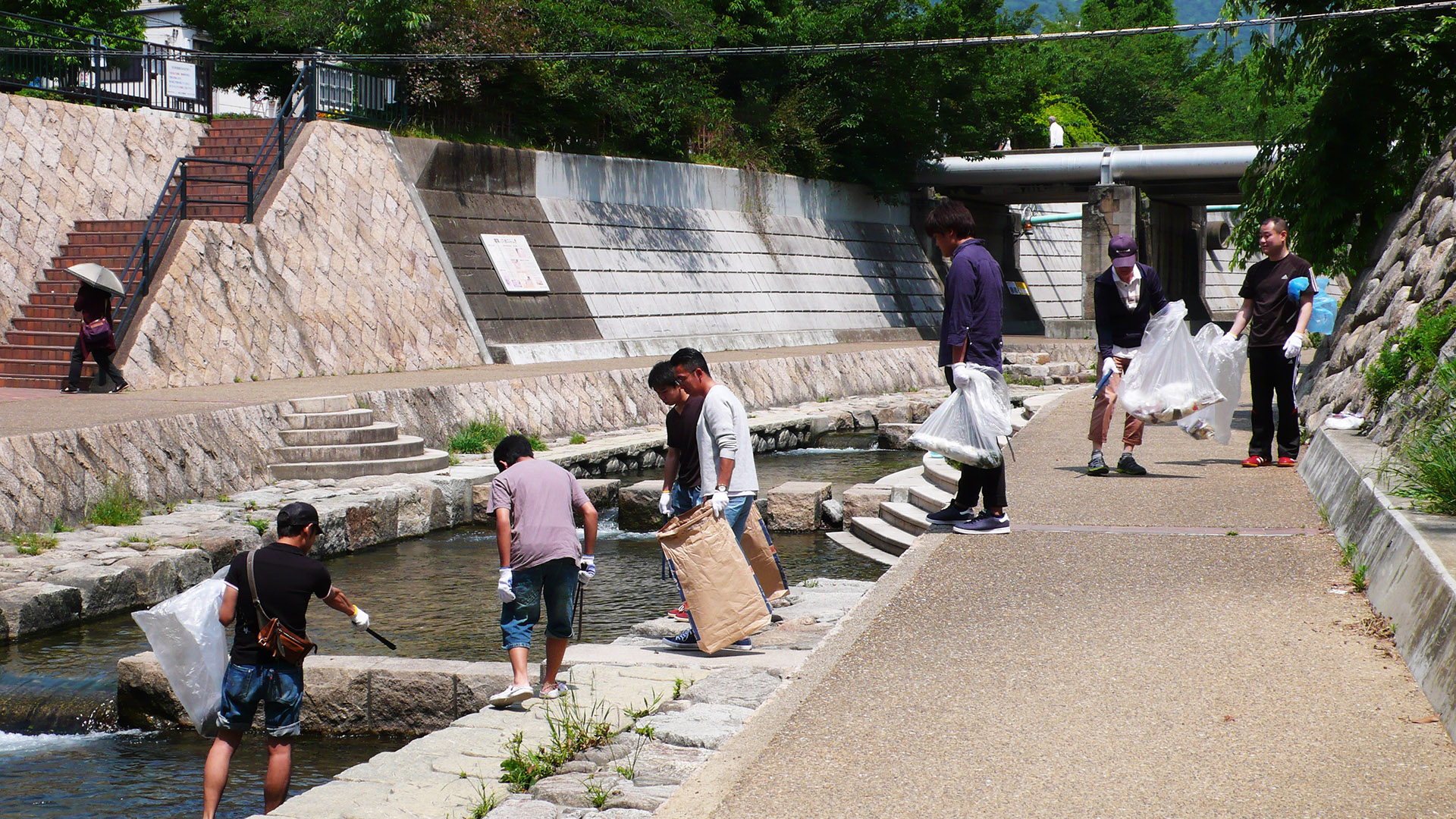
Support for volunteer activities
As voluntary volunteer activities of our employees, we actively support the contribution to the local environment

Town development of Nishigo sake brewery
In order to contribute to the improvement and conservation of the local environment, we are actively working on nurturing and promoting rape flowers.
Kurabiraki(Brewery Opening)
On March 17, 2018, “ Sawanotsuru Tsurukura Open 2018” was held, and the sake brewery was opened to the general public, and approximately 3,500 people enjoyed it. On the same day, we also sponsored the “Nanohana Festival” held in Saigo, Nada Ward.

